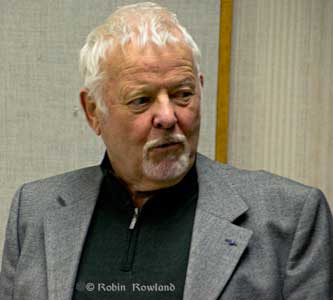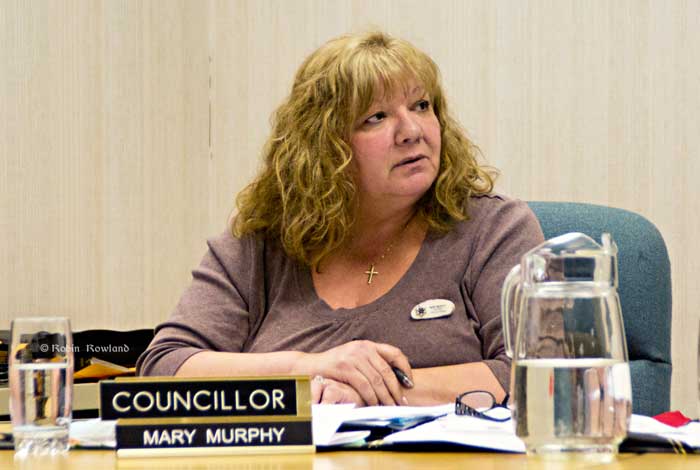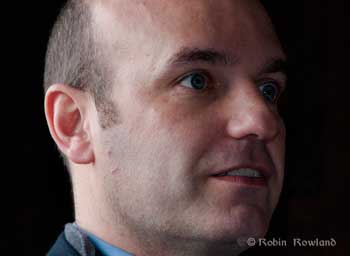The Joint Review Panel has ruled that it doesn’t have to include possible plans by Enbridge to add a natural gas pipeline to to the Northern Gateway project in its consideration of the bitumen pipeline.
Since the JRP has no evidence at the moment to suggest that Enbridge has such a project “in sufficient planning stages to warrant inclusionwithin Northern Gateway’s cumulative effects assessment,” the Panel considers that it is inappropriate to consider a possible natural gas pipeline. If Enbridge did want to build a natural gas pipeline along the route, it would be subject to new and separate hearings.
Last fall there were reports in the media that Enbridge CEO Pat Daniel (who is now about to retire) wanted to join the natural gas rush to the Pacific coast by adding a natural gas pipeline to the Northern Gateway bitumen project (there was also some speculation that Enbridge might want to replace the bitumen pipeline with a natural gas pipeline).
One of the JRP intervenors, Dr. Josette Weir of Smithers filed a motion in December with the JRP asking that the Joint Review Panel:
.
a. order Northern Gateway Pipelines Limited Partnership (“NGPLP”) to confirm if it plans a gas pipeline in the same right-of-way as the tar sands and condensate proposed pipelines;
b. order NGPLP to confirm if such gas pipeline is planned to be constructed during the same time as the two proposed pipelines under review;
Weir also asked the JRP to include possible plans for a gas pipeline in its overall assessment of the cumulative affects of the Northern Gateway pipeline.
In response to the motion, Ken MacDonald Vice President, Law and Regulatory Northern Gateway Pipelines Limited Partnership replied that Gateway confirms that it is not currently proposing to construct a gas pipeline in the right-of-way that would be required for the construction of the Northern Gateway Project and, making a legal point, called an Enbridge natural gas pipeline along the same route as “hypothetical.”
However, the next sentence in MacDonald’s letter could be a problem for the existing Pacific Trails Pipelines plans for their own natural gas pipeline, which some in the region fear is paving the way for the Northern Gateway pipeline. The letter reads: “Northern Gateway
has been attempting to engage the proponents of the Pacific Trails Pipeline for an extended
period of time regarding collaboration on routing, construction and access management, and will
continue to do so in the future.”
Last fall, members of the Wet’suwet’en First Nation blockaded an Apache/Pacific Trails Pipeline survey crew and one reason for the blockade was the possible use of the Pacific Trail survey for the Northern Gateway. PTP and Apache, both in a report to the BC Environmental Assessment Office, and at a public meeting in Terrace on Thursday, March 1, say they continue to consult with the Wet’suwet’en houses and the Office of the Wet’suwet’en on the issue.
MacDonald’s letter to the JRP goes on to complain about the time it is taking for the review process
The project inclusion list for the Northern Gateway cumulative effects assessment was determined at the time of finalizing the Terms of Reference established for the Project’s environmental assessment. This was more than 2-years ago. Northern Gateway’s Application has been under review for over a year and a half with the information request phase of the proceeding on the Application having been completed. It would be impossible to ever complete an environmental assessment for a major project if the project proponent had to continually update its cumulative effects assessment for projects announced during the course of the review
proceedings on regulatory applications. In the case of the Northern Gateway Pipeline Project, it may end up taking four years to complete the regulatory approvals process. During such an extended period of time, new projects will inevitably be planned and announced. Northern Gateway cannot be expected to revise its cumulative effects assessment to take into account projects announced during the course of the current regulatory review.
Enbridge pointed to earlier legal rulings on “hypothetical projects”
with respect to other projects to consider in a cumulative environmental effects assessment, the NEB has ruled in the past that the other projects considered in a cumulative effects assessment cannot be hypothetical. The Courts have said that the decisions of RAs are not required to “consider fanciful projects by imagined parties producing purely hypothetical effects”. The Board is of the view that EBPC’s methods for identifying other projects for consideration in the cumulative effects assessment were appropriate.
Northern Gateway submits that, at this point, any natural gas pipelines beyond the Pacific Trails Pipeline are hypothetical. Requiring Northern Gateway to include such hypothetical projects in its cumulative environmental impact assessment would be inconsistent with previous practice and NEB decisions and would result in further delay to what has already become a protracted regulatory process.
The Joint Review Panel agreed, ruling
The Panel acknowledges the media statements by Enbridge that you noted in your motion. However, based on Northern Gateway’s comments and the fact that the Panel has no other evidence to indicate that such a project is in sufficient planning stages to warrant inclusion within Northern Gateway’s cumulative effects assessment, the Panel is of the view that it would not be appropriate to order Northern Gateway to do so. Further, the Panel notes that should Northern Gateway or any other proponent propose a gas pipeline to the west coast in the future,
that project would be subject at that time to the relevant environmental assessment and regulatory requirements.






